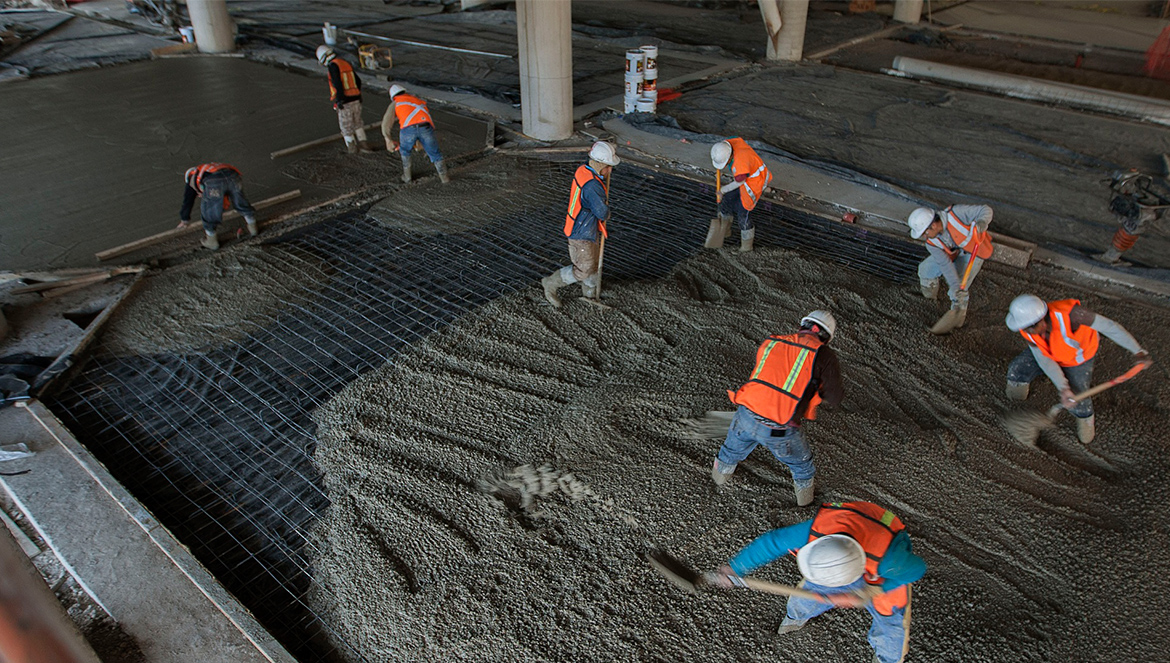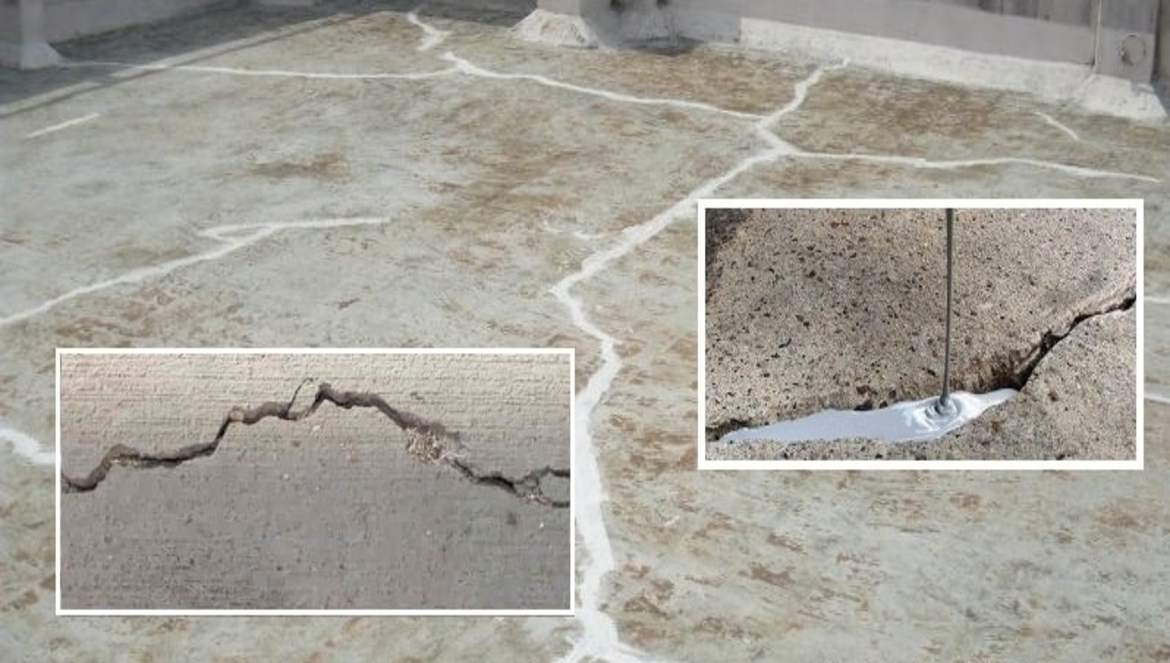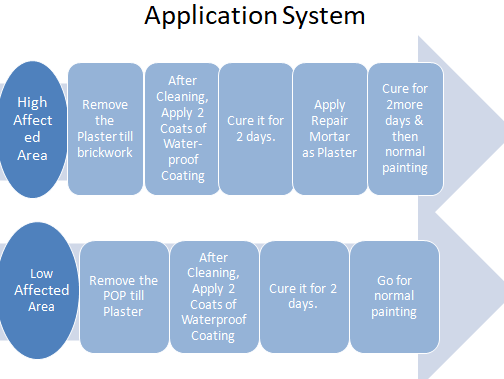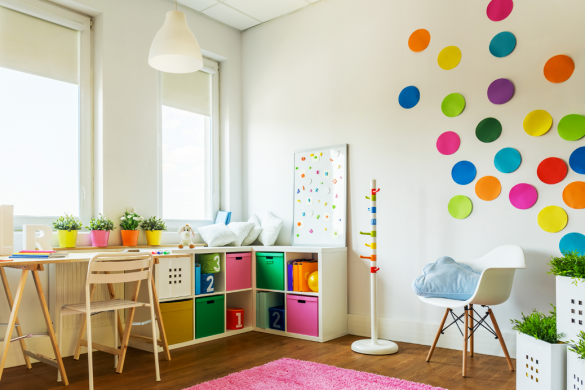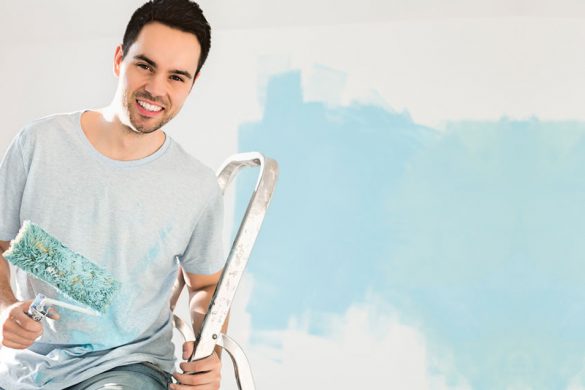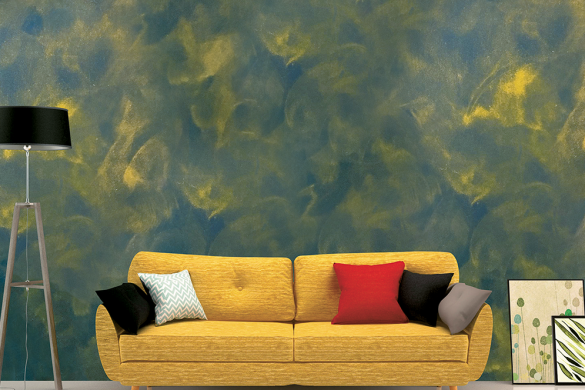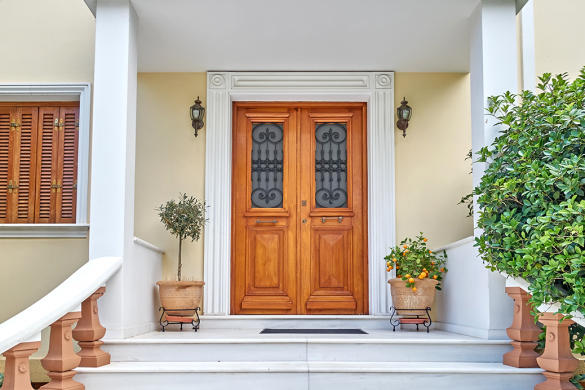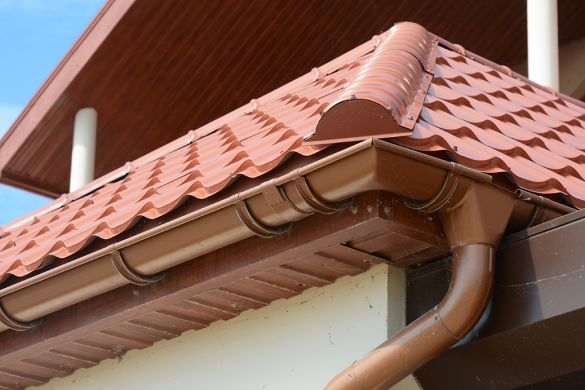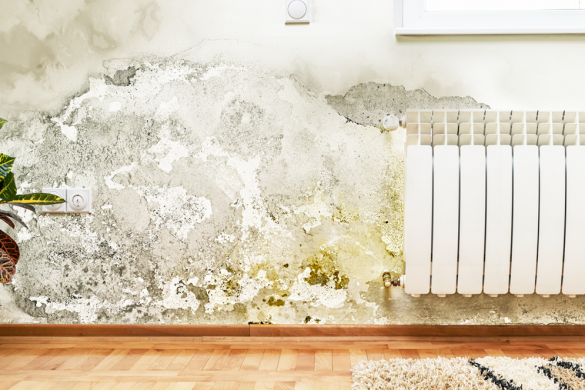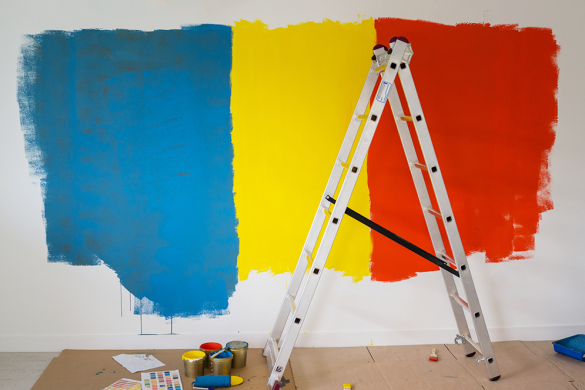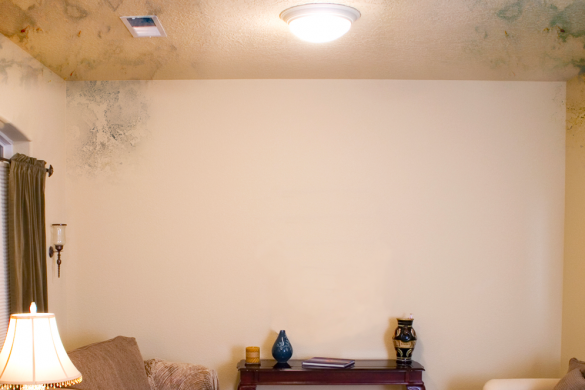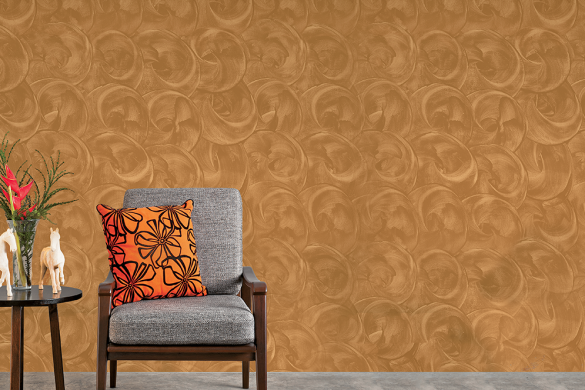Water seepage and dampness are common problems that most house owners face. Poor construction quality and lack of proper waterproofing measures are the key reasons behind these problems. While the immediate effects such as puffiness of the walls, dampness and peeling of paint seem to be negligible, but these can cause severe damage to the property if not taken care of at the right time.
By God’s grace, I built my new house last year and one thing I prioritised above anything else was making my house waterproof. Done at the time of construction, waterproofing can deliver significant value for a lifetime. I have seen the devastating effects of moisture build-up on a valuable property. I have seen beautiful houses crumble, lose their lustre and appear shabby in no time – all because the house owners failed to have the waterproofing done right!
Often people consider investing in waterproofing their houses as immaterial. They are happy with giving their houses a protective shield from outside, i.e. weather-protective paints. I am not saying it does not work, but everything comes with an expiry. Over the course of time and with exposure to changing weather conditions, the water-protective shield tends to lose its ability to hold together. Such as, water starts seeping in through the walls, gradually causing dampness on the inner side, efflorescence and even peeling of the paint.
However, it is not always the weather or the quality of the paint to be blamed for such conditions. It also depends on the skills of the person involved in the process and the techniques he undertakes. It is common among us to hire local contractors, who use cheaper human resources, to get the construction or house painting job done. But do they have the necessary knowledge of waterproofing? Are they doing it right?
When I was in my house-planning phase, I made sure waterproofing to be done right from the scratch. For me, my house is my biggest possession and I would not have compromised with its quality and built. I spoke to Berger Paints for help and the very next day this guy was at the construction site for expert advice. He has 8 years of experience in the waterproofing industry and was an eye-opener for me as to how things happen.
Based on the experience that I had with this waterproofing guy, I will explain how to do complete waterproofing in just 4 steps.
Step 1 – Waterproofing at the Time of Construction
Waterproofing is best done at the time of the construction. At this step, using high-quality liquid waterproofing compound with cement and sand can be applied for all brickworks and cement works, pillars and foundations, roof slabs, rendering, basements and plastering. When mixed in the right proportion, it prevents segregation and makes a strong cohesive bond.
For my house, we used Cementmix Plus, a powerful additive for cement concrete, brick mortars and plasters.
This is the first and most important step of waterproofing your house inside out.
Step 2 – Waterproofing Your Terrace
Your roof or terrace is one area that needs attention because even a minor crack line can worsen over the time and cause water seepage and dampness inside. Leakage from roof areas happens with many houses that aren’t waterproofed at the time of the construction stage. To waterproof your roof or terrace, you have to first prepare it, cleaning through the cracks and the entire area.
Use a high-quality crack-fill paste or powder such as Berger Homeshield Crackfill and apply 2 coats (as required) inside the cracks. For bigger cracks use polymer-modified mortar with HomeShield Advanced Latex Plus. Let it dry completely.
Next, apply a good-quality exterior roof coating such as Berger Homeshield Kool and Seal or Roof Guard to finish off the waterproofing process effectively.
Step 3 – Waterproofing Old and Damaged Plastering
Have extreme weather conditions and rain left your walls in poor condition? Is water seeping in through cracks between the bricks or damaged walls?
Often, old and damaged plastering causes water to seep in, leading to dampness and moisture build up. This needs immediate attention because it can be fatal to your property.
A powerful acrylic two component system can be an effective waterproofing solution here. Another polymer modified mortar can be used to waterproof all kinds of concrete repairs and plasters with a long time guarantee. The Berger expert suggested me Home Shield Latex Shield 2K for waterproof coating and Latex Plus or Advanced Latex Plus, used with right proportions of cement, sand and water for plastering.
Using the right bonding agent or additive and the right waterproofing technique is the key to success.
Step 4 – Waterproofing Walls before Re-Painting
Though my house was newly built, I needed suggestions on how to treat dampness and moisture build-up on the walls before re-painting my house.
The expert from Berger suggested having a professional to get the job done since walls bear the maximum load of the building. They know how to cure the walls before making it ideal for painting. An expert will first determine the extent of dampness – mild, moderate or severe depending on certain moisture meter reading. Based on that the right products and curing techniques will be identified.
For instance, mild dampness needs the surface to be cleaned thoroughly with wire brush and water to reach the plaster. Since moisture build-up is less, it only requires 2 coats of waterproof putty and high-quality undercoating made of silicon and emulsion additive. This makes the surface resistant to water, alkali and salt.
On the other hand, surfaces with moderate or severe dampness need special care. The surfaces have to undergo 3 coats of polymer modified cement-based product, 2 coats of waterproofing coating and 2 coats of a strong additive. These should be given adequate time to rest before applying your preferred colour coating.
To paint my new house, I used Berger Home Shield DAMPSTOP over the cement plaster, topped by waterproofing putty and Berger Seal O Prime to give the paint a solid foundation. Hopefully, this would last as Berger promises and I am quite confident about its longevity.
Conclusion
Whether you are building a new house or renovating your old house, following these 4 steps to waterproof it efficiently will not only help upkeep its aesthetics but also improve its resale value. From my personal experience, I would suggest Berger Homeshield waterproofing solutions. They have just the right products to waterproof any corner of your house, from terrace to basement, from walls to toilets and kitchen. Hope my insights would help you in waterproofing your property to enhance its longevity for a lifetime. Thank you!
